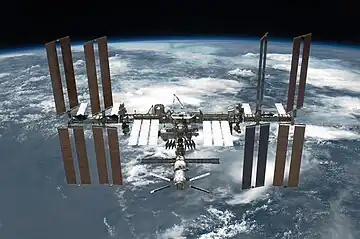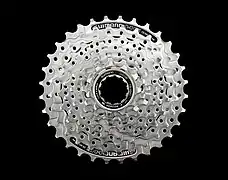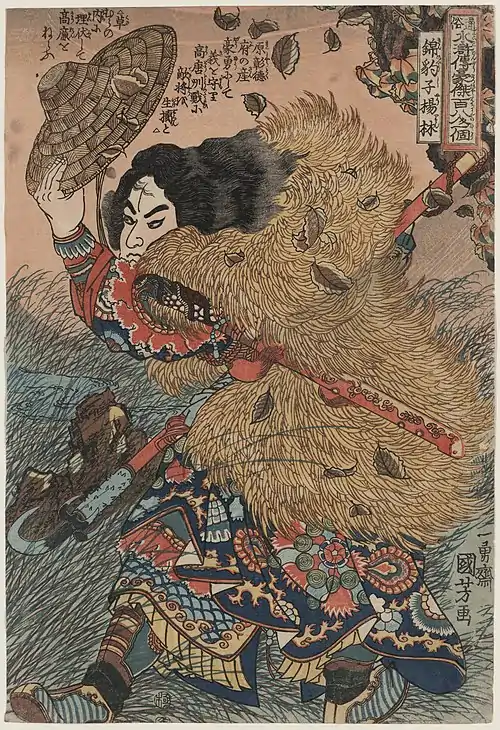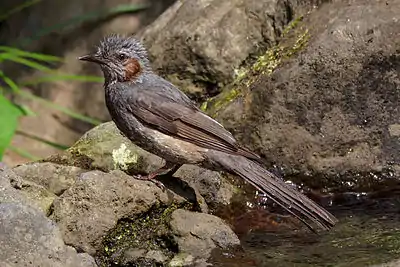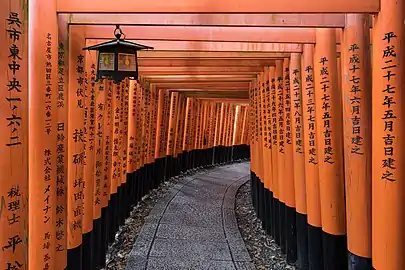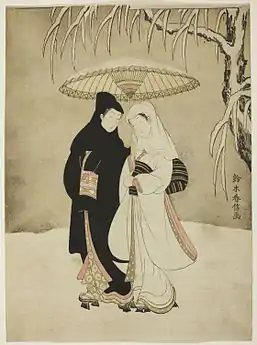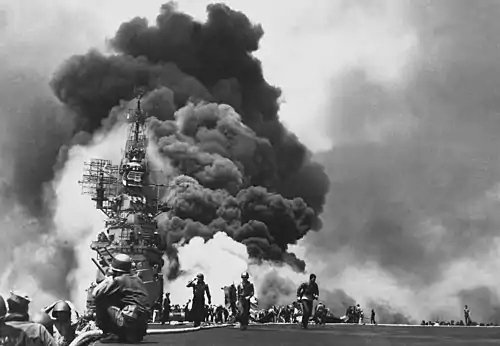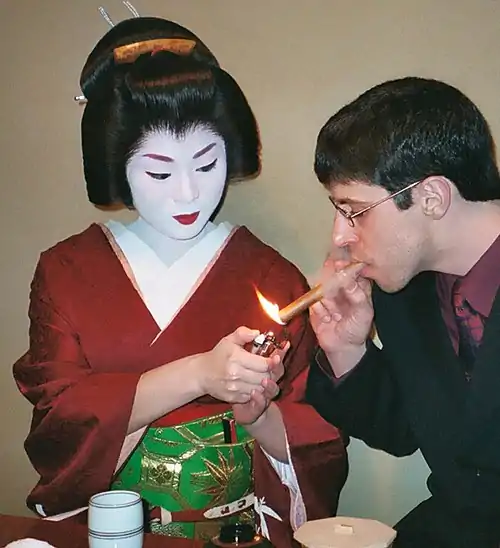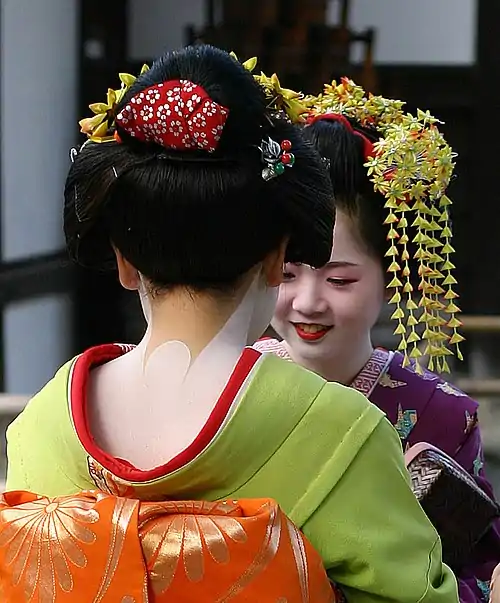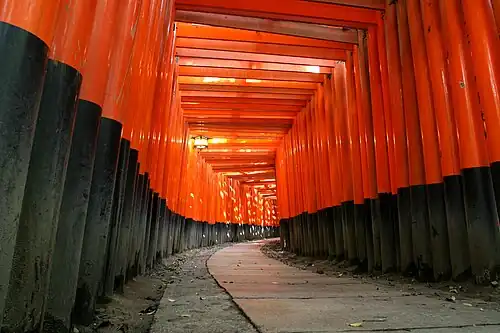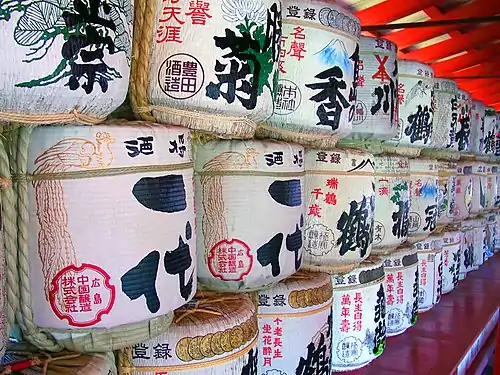 The Japan Portal
Japan (Japanese: 日本, [ɲihoɴ] ⓘ, Nippon or Nihon, and formally 日本国, Nippon-koku or Nihon-koku) is an island country in East Asia. It is in the northwest Pacific Ocean and is bordered on the west by the Sea of Japan, extending from the Sea of Okhotsk in the north toward the East China Sea, Philippine Sea, and Taiwan in the south. Japan is a part of the Ring of Fire, and spans an archipelago of 14,125 islands, with the five main islands being Hokkaido, Honshu (the "mainland"), Shikoku, Kyushu, and Okinawa. Tokyo is the nation's capital and largest city, followed by Yokohama, Osaka, Nagoya, Sapporo, Fukuoka, Kobe, and Kyoto. Japan has over 125 million inhabitants and is the 11th most populous country in the world, as well as one of the most densely populated. About three-fourths of the country's terrain is mountainous, concentrating its highly urbanized population on narrow coastal plains. Japan is divided into 47 administrative prefectures and eight traditional regions. The Greater Tokyo Area is the most populous metropolitan area in the world. Japan has the world's highest life expectancy, although it is experiencing a population decline due to its very low birth rate. Japan has been inhabited since the Upper Paleolithic period (30,000 BC). Between the fourth and ninth centuries, the kingdoms of Japan became unified under an emperor and the imperial court based in Heian-kyō. Beginning in the 12th century, political power was held by a series of military dictators (shōgun) and feudal lords (daimyō), and enforced by a class of warrior nobility (samurai). After a century-long period of civil war, the country was reunified in 1603 under the Tokugawa shogunate, which enacted an isolationist foreign policy. In 1854, a United States fleet forced Japan to open trade to the West, which led to the end of the shogunate and the restoration of imperial power in 1868. In the Meiji period, the Empire of Japan adopted a Western-modeled constitution, and pursued a program of industrialization and modernization. Amidst a rise in militarism and overseas colonization, Japan invaded China in 1937 and entered World War II as an Axis power in 1941. After suffering defeat in the Pacific War and two atomic bombings, Japan surrendered in 1945 and came under a seven-year Allied occupation, during which it adopted a new constitution. Under the 1947 constitution, Japan has maintained a unitary parliamentary constitutional monarchy with a bicameral legislature, the National Diet. Japan is a developed country and a great power, with one of the largest economies by nominal GDP. Japan has renounced its right to declare war, though it maintains a Self-Defense Force that ranks as one of the world's strongest militaries. A global leader in the automotive, robotics, and electronics industries, the country has made significant contributions to science and technology, and is one of the world's largest exporters and importers. It is part of multiple major international and intergovernmental institutions. (Full article...) Selected article –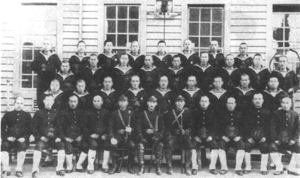 Japanese officers and petty officers of the 3rd Kure Special Naval Landing Force that seized Tulagi in May, 1942. Selected picturesOn this day...Events
Births
Deaths
In the news
Selected quote –
Selected biography –Eir Aoi (Japanese: 藍井 エイル, Hepburn: Aoi Eiru, born November 30, 1988) is a Japanese singer from Sapporo, Hokkaido, signed to Sacra Music. After being discovered through the Japanese video sharing website Niconico, Aoi made her major debut in 2011 with the release of her first single "Memoria", whose title track was used as the first ending theme to the 2011 anime television series Fate/Zero. Aoi's music has been featured in various anime television series such as Sword Art Online, Kill la Kill, and The Heroic Legend of Arslan, as well as other television programs such as Rank Okoku. She has performed at various anime conventions in Asia, Europe, North and South America. She has cited her interest in anime, as well as artists such as Evanescence, Slipknot, and Do As Infinity, as influences in her career. In October 2016, following prolonged bouts of poor health, she announced an indefinite hiatus from musical activities following a two-day concert at the Nippon Budokan in November 2016. In February 2018, it was announced that she would resume her activities later that year. (Full article...)Selected prefecture –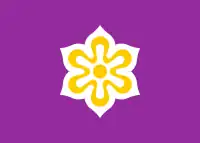
Did you know... –
General imagesThe following are images from various Japan-related articles on Wikipedia.
Related PortalsEast Asia Other Countries/Territories Japan topicsSubcategoriesCategory puzzle Select [►] to view subcategories
Japan Japan-related lists Buildings and structures in Japan Japanese culture Economy of Japan Education in Japan Environment of Japan Geography of Japan Government of Japan Health in Japan History of Japan Organizations based in Japan Japanese people Politics of Japan Society of Japan Images of Japan Japan stubs Recognized contentAssociated WikimediaThe following Wikimedia Foundation sister projects provide more on this subject:
Discover Wikipedia using portals
| |||||||||||||
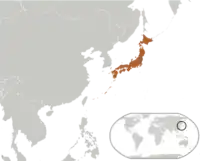
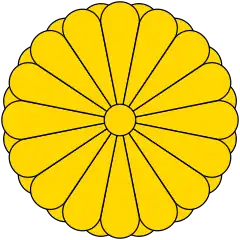


.jpg.webp)

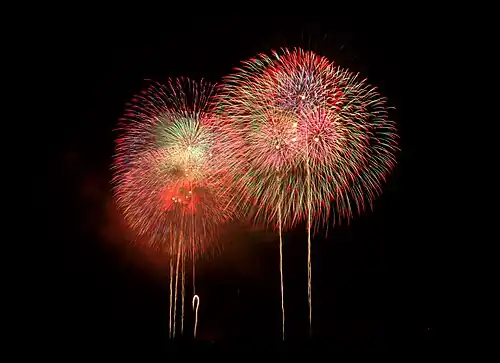
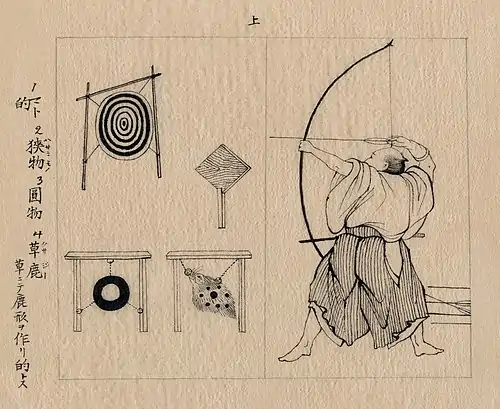
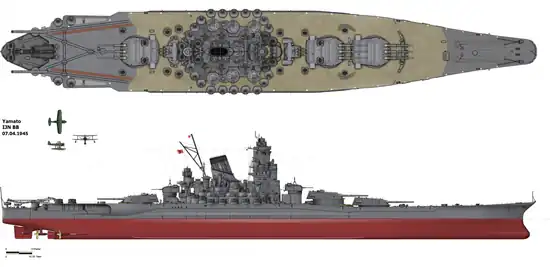
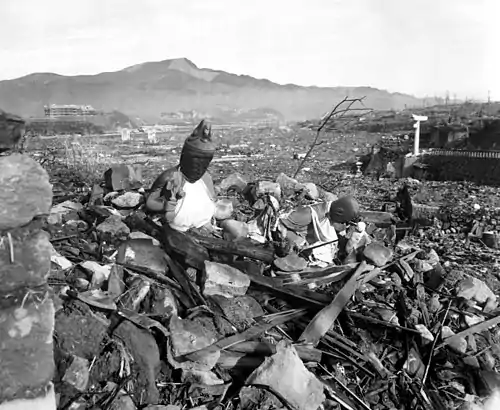
.jpg.webp)

.jpg.webp)
.jpg.webp)
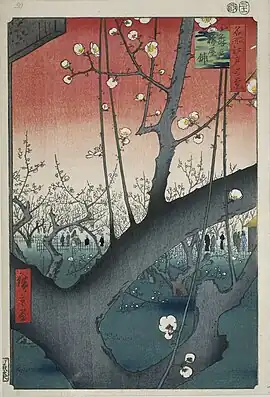
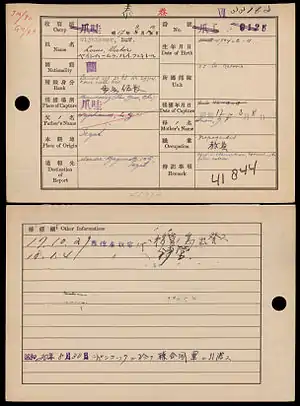
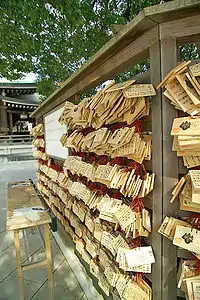
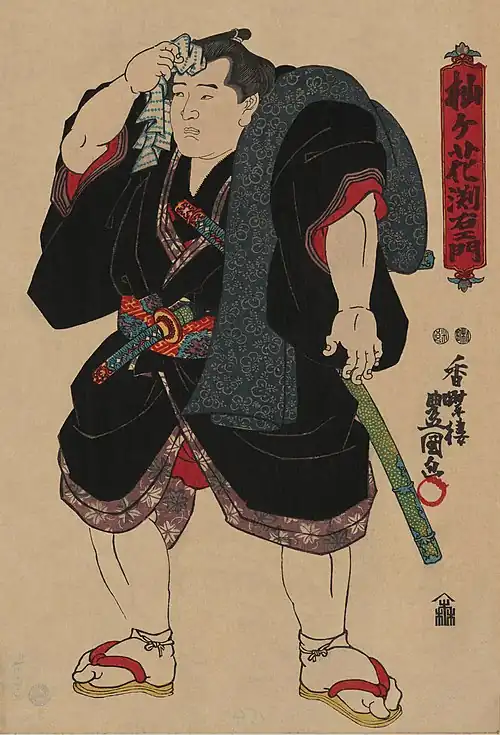
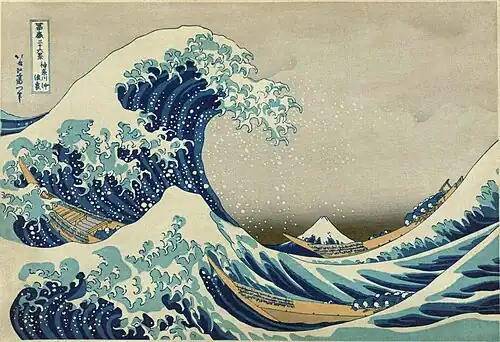
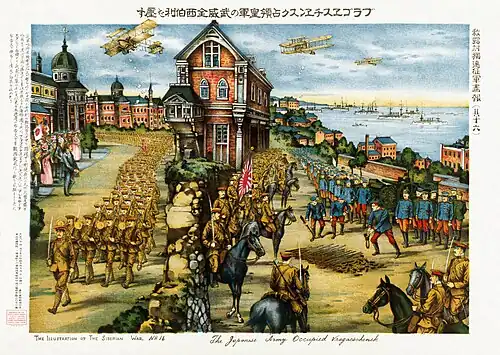
.jpg.webp)
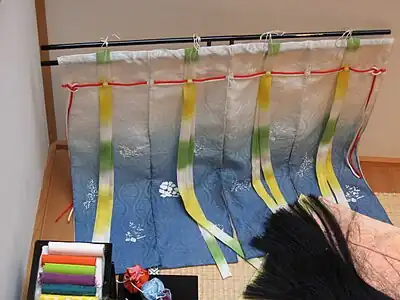
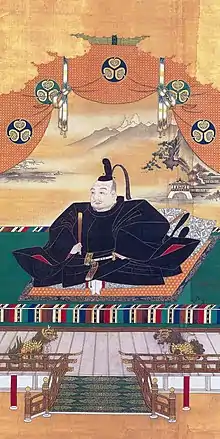
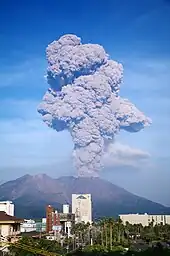
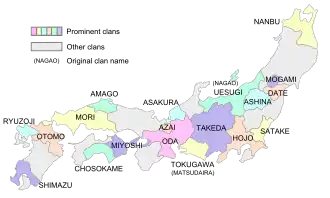
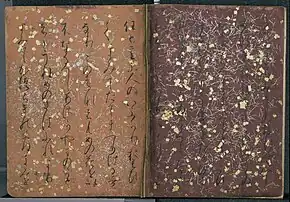
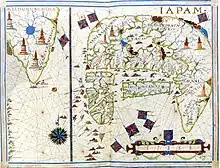
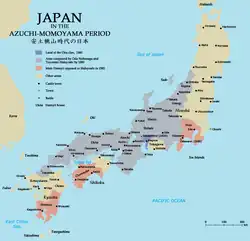
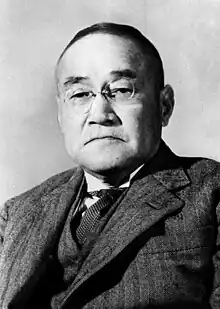
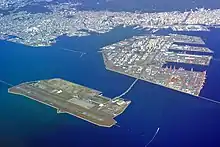
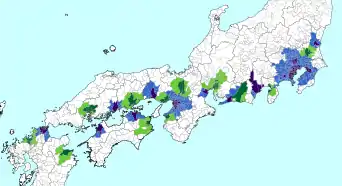
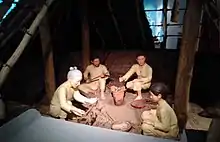

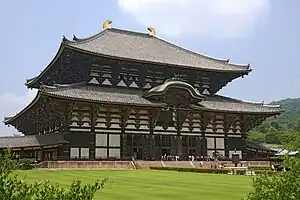
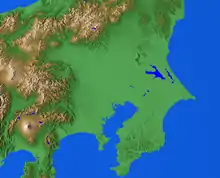
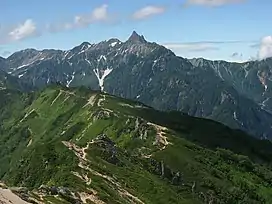
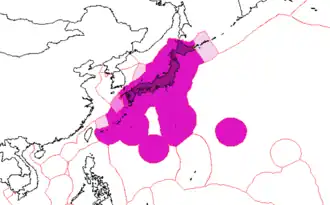
.jpg.webp)

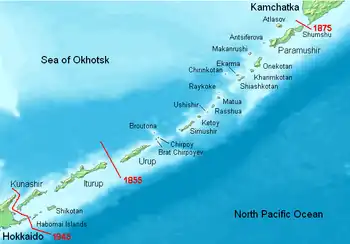
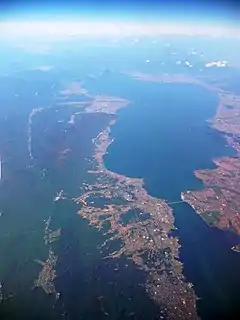

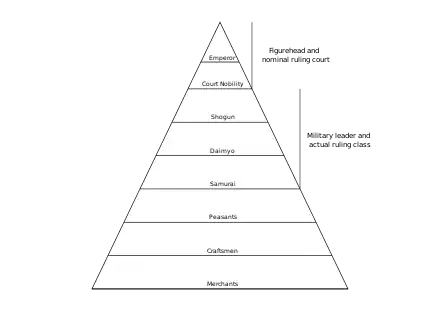
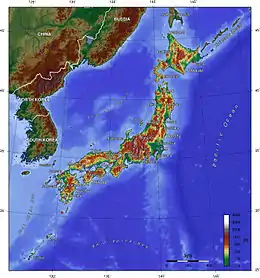
.jpg.webp)
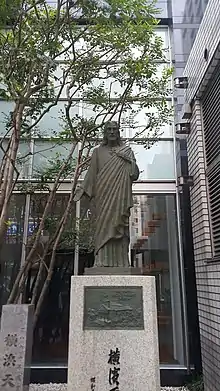

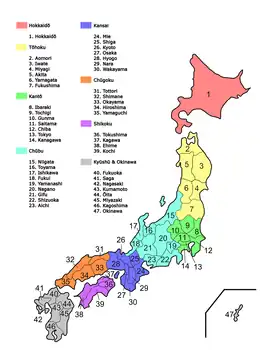
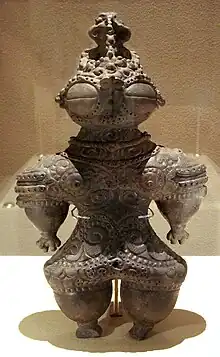
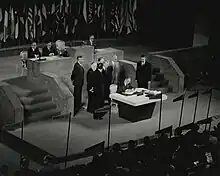
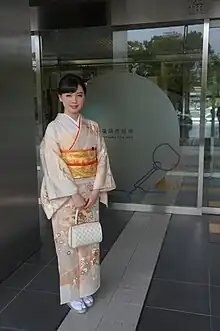
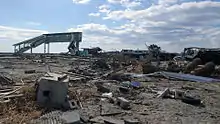
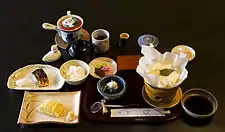
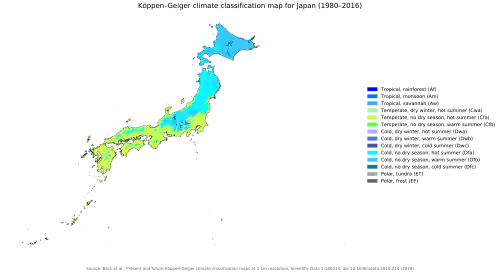
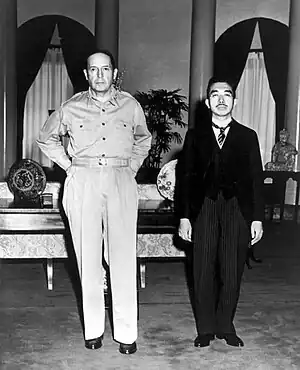
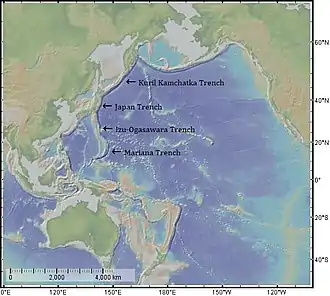
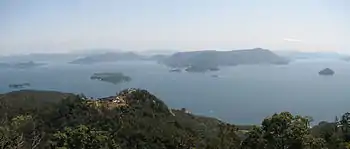
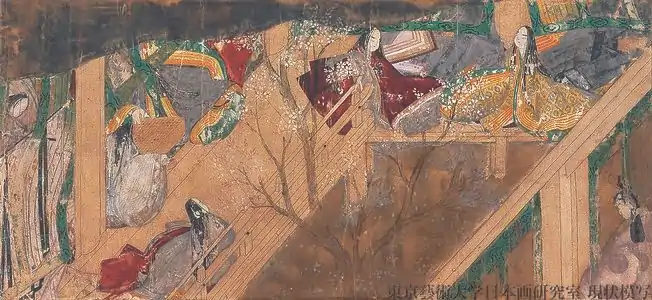
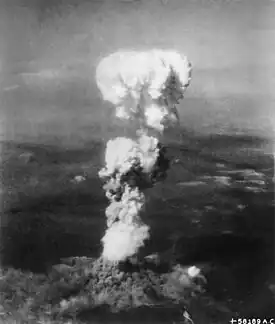
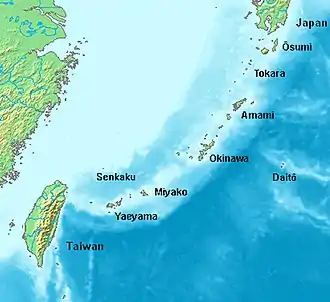


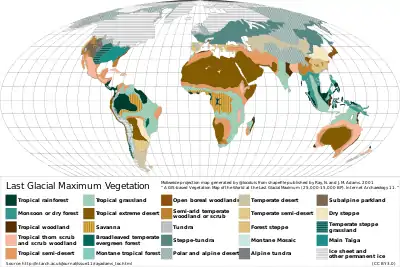
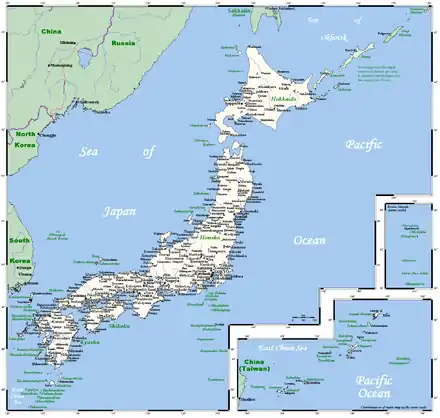
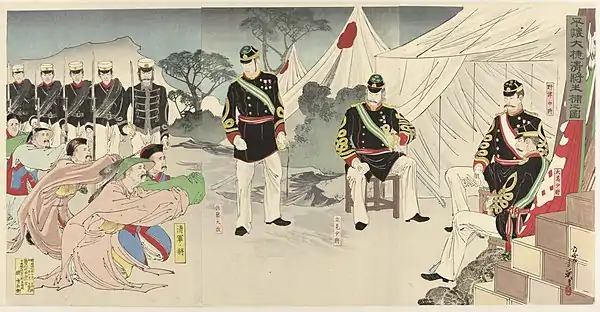
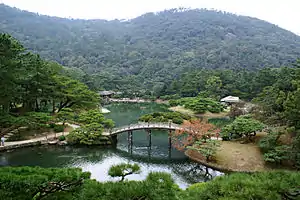
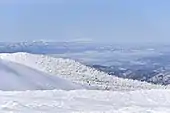
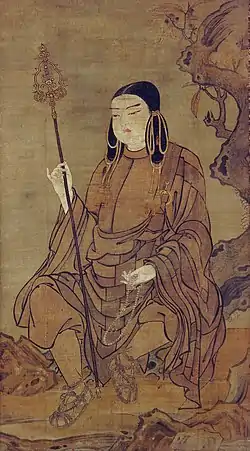

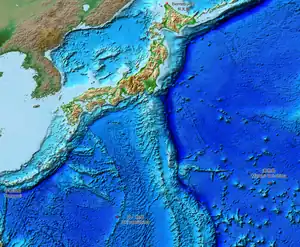
.jpg.webp)
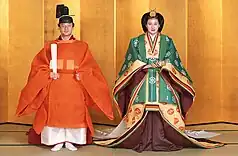
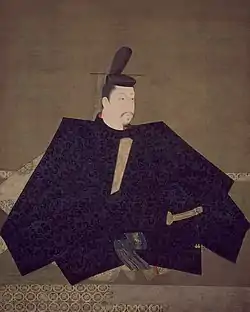

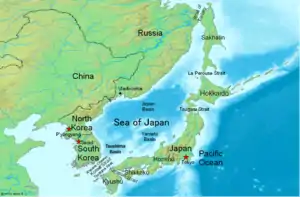
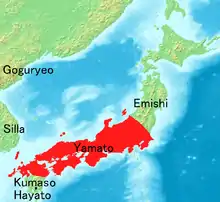
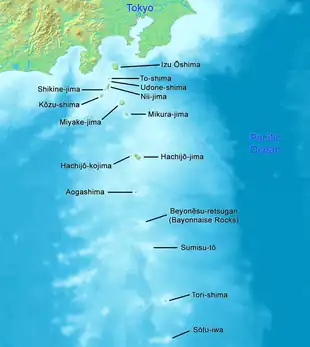
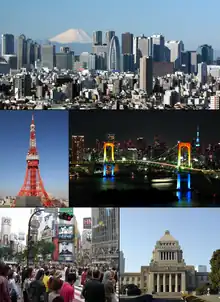
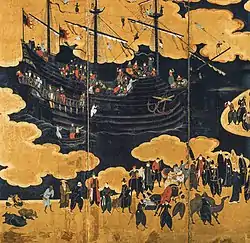
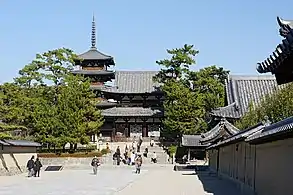
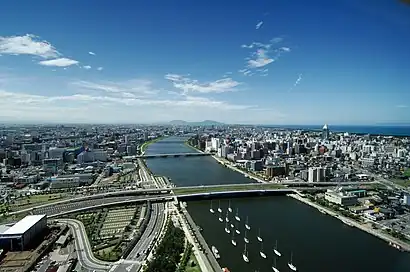
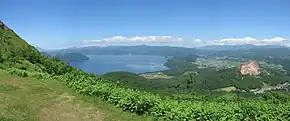
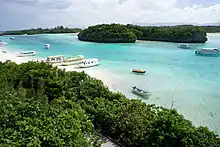
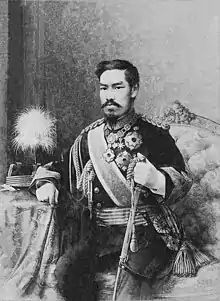

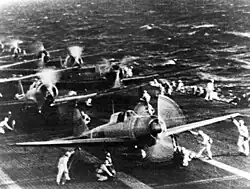
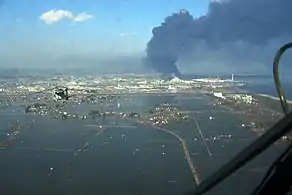
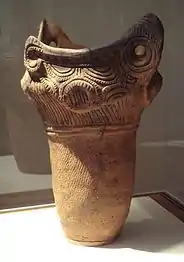

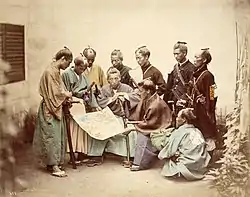
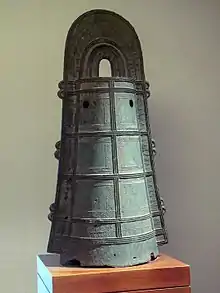
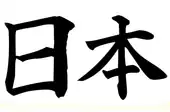
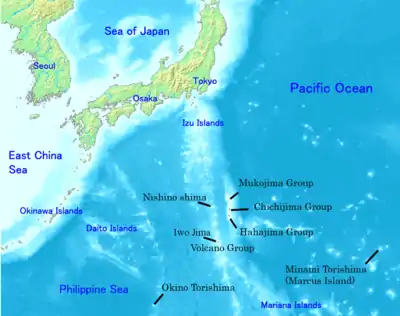
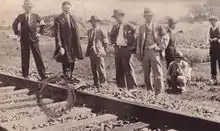
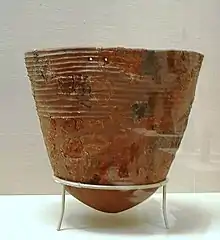


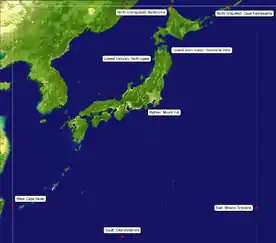

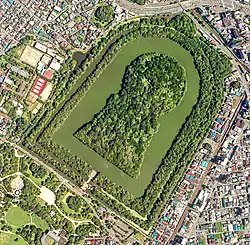
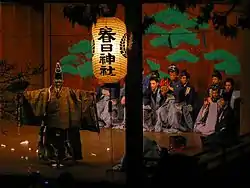
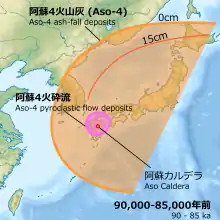
.svg.png.webp)
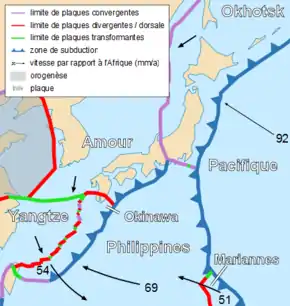
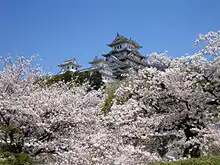
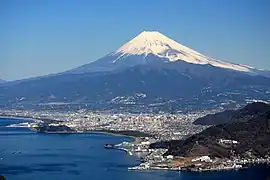

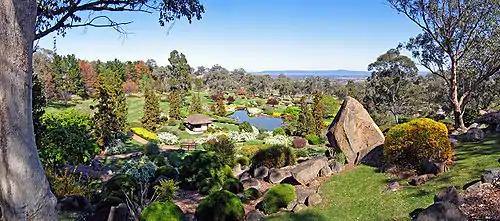
_Classic_hatchback_01.jpg.webp)
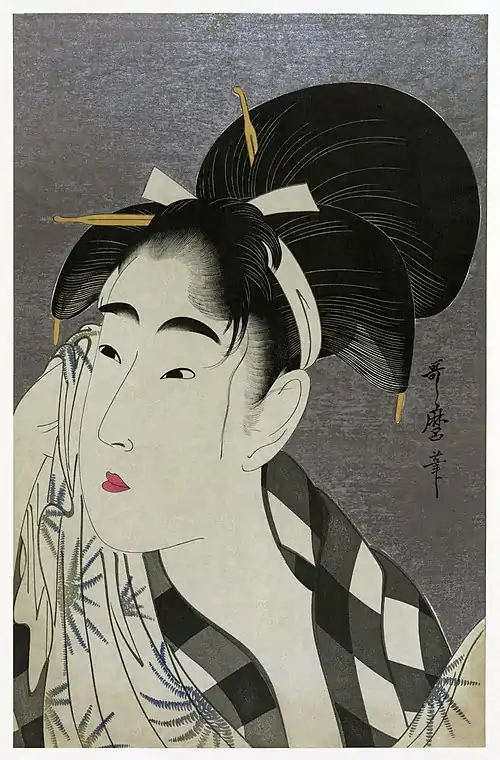
.jpg.webp)
.jpg.webp)
.jpg.webp)
.jpg.webp)
.jpg.webp)
.jpg.webp)
.jpg.webp)
.jpg.webp)
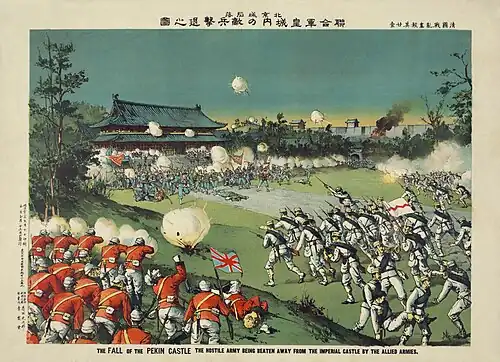
.jpg.webp)
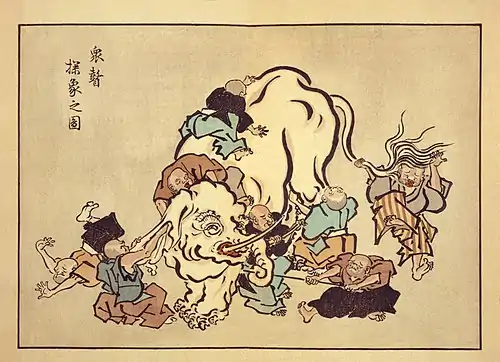
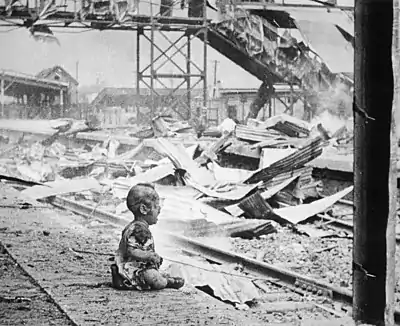
.jpg.webp)





.png.webp)

_-_left_hand_screen.jpg.webp)
_-_right_hand_screen.jpg.webp)

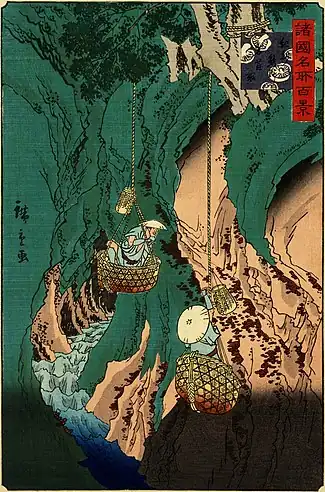

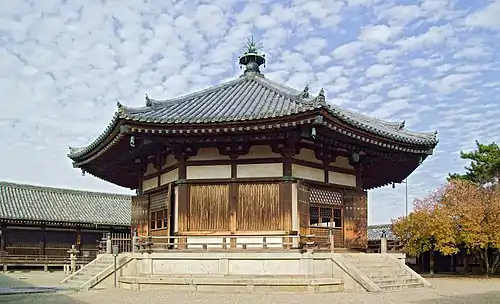
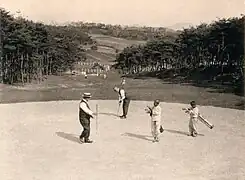
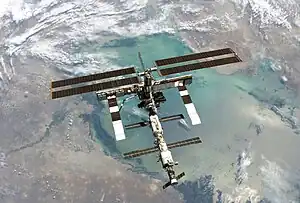
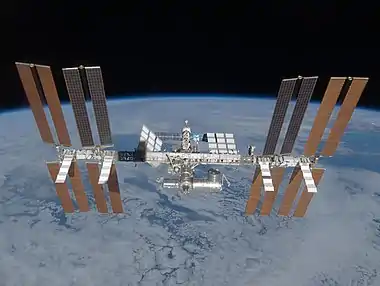

.jpg.webp)
.jpg.webp)


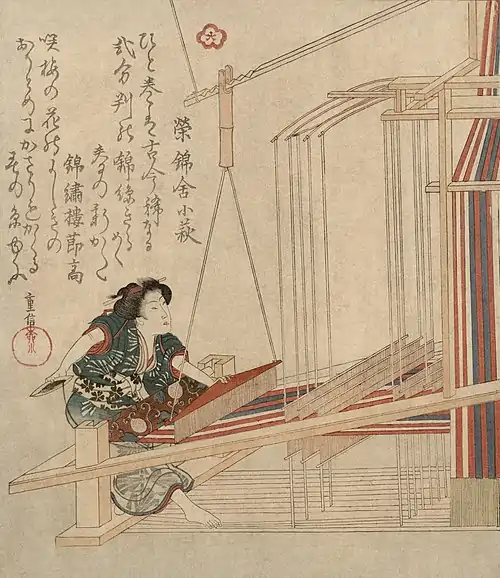
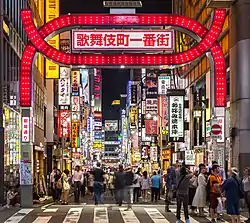
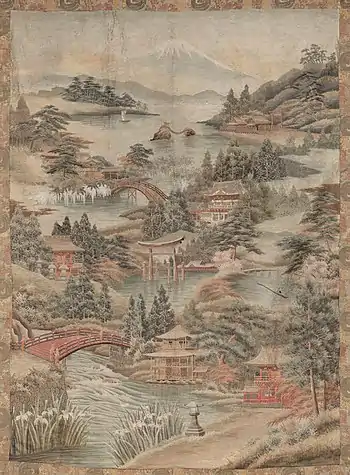
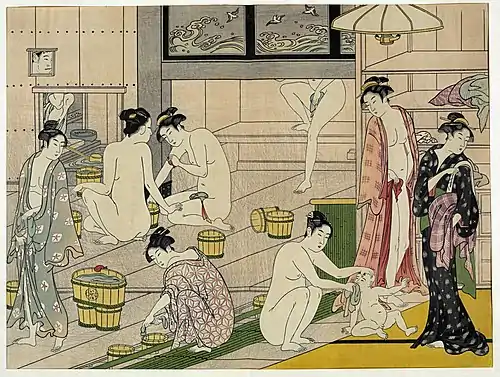
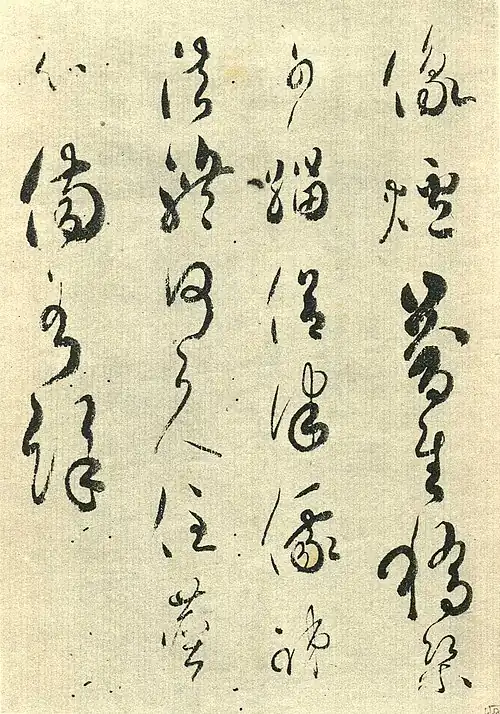
















.jpg.webp)
.jpg.webp)
.jpg.webp)
.jpg.webp)
.jpg.webp)
.jpg.webp)
.jpg.webp)
.jpg.webp)
.jpg.webp)



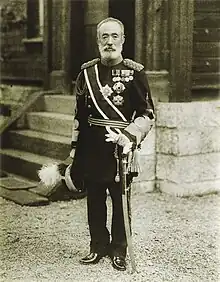
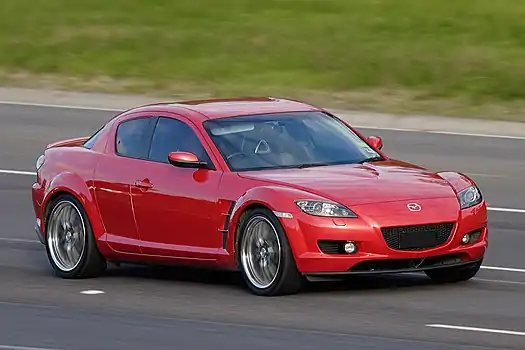
.jpg.webp)
.jpg.webp)
.jpg.webp)
.jpg.webp)
.jpg.webp)
.jpg.webp)
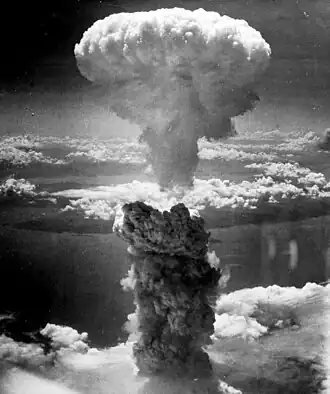
.jpg.webp)

.jpg.webp)
.jpg.webp)
.jpg.webp)
.jpg.webp)
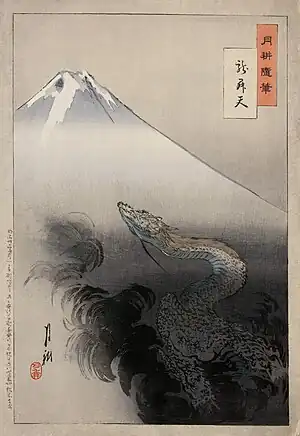

-1_Centavo_(1942).jpg.webp)
-5_Centavos_(1942).jpg.webp)
-10_Centavos_(1942).jpg.webp)
-50_Centavos_(1942).jpg.webp)
-1_Peso_(1942).jpg.webp)
-5_Pesos_(1942).jpg.webp)
-10_Pesos_(1942).jpg.webp)
-1_Peso_(1943).jpg.webp)
-5_Pesos_(1943).jpg.webp)
-10_Pesos_(1943).jpg.webp)
-100_Pesos_(1944).jpg.webp)
-500_Pesos_(1944).jpg.webp)
-1000_Pesos_(1945).jpg.webp)
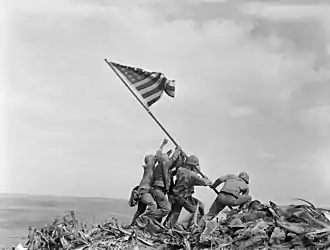
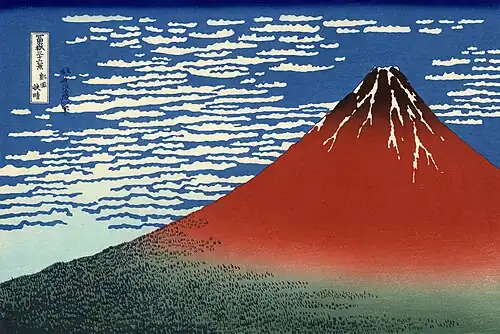
.jpg.webp)
